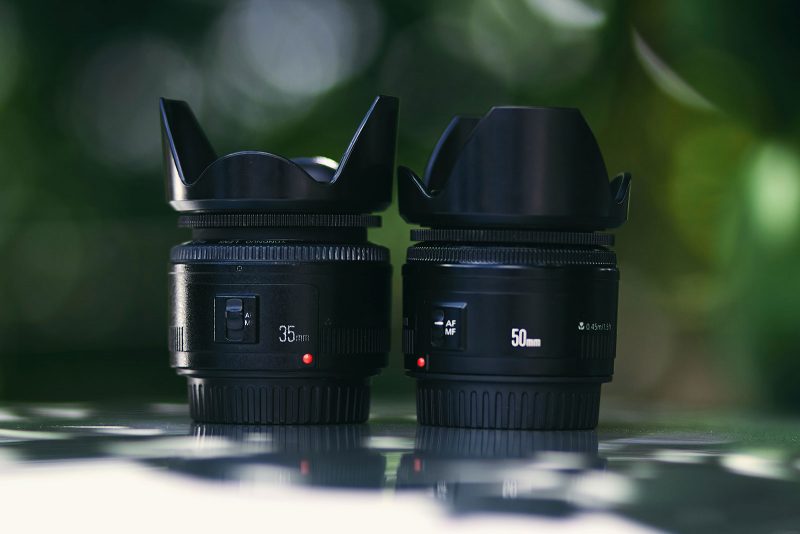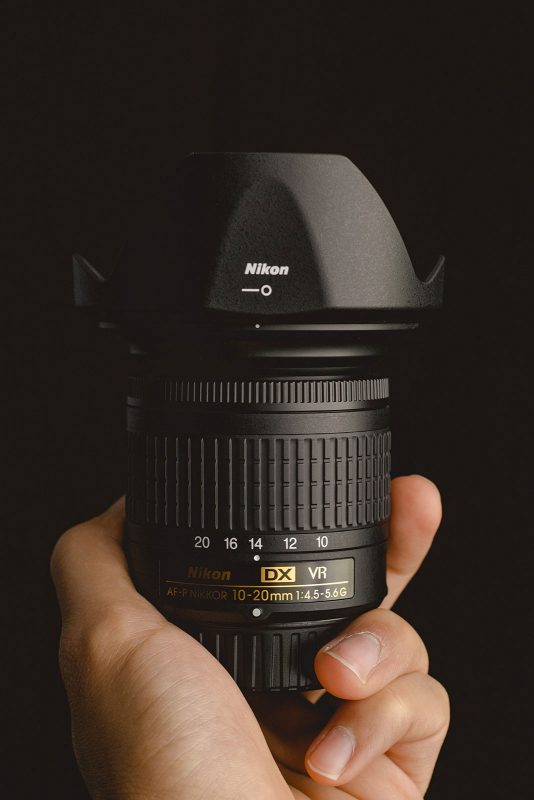What Does a Lens Hood Do?

For many new to photography, a lens hood is something that is swiftly left at home without much thought. That annoying piece of plastic that you have to think about is not of any clear use, right? Well, if you’re asking “what does a lens hood do?” then you’re in the right place.
A lens hood is actually a fantastic piece of kit and something you should almost always be using. They have helped me hugely in the past – both financially and creatively.


What is a lens hood for?
Lens hoods provide a number of benefits to photographers. Almost all lenses you buy will come with one, and most of them are detachable. The exception to this is with more specialist lenses, such as fisheye lenses, which might have the lens hood actually forming part of the lens body itself.
But, in most cases, lens hoods are quickly detachable and should always be attached. Here are the things that a lens hood does for you.
1. Eliminating stray light
If you’re stood outside on a bright day and the sun is in your eyes, you immediately throw up a hand to cast your eyes into shade. As soon as you do this, your vision “improves” and you can see better. Why should your camera be any different?
Lens hoods do just this. They will successfully remove most stray light, ensuring that your images have increased contrast and better overall quality. This increased contrast will bring more clarity into the shot and your images will be clearer.
Without a lens hood, you’ll see that your images might sometimes have lens flare. Whilst this can be a creative attraction, it is rarely a good thing to include in your shot. A lens hood will get rid of that rapidly.
2. Physical protection of the lens
This is how a lens hood has saved me a lot of money in the past. Clipping onto the end of your lens, the lens hood is right on the frontline should you fall or trip.
Whilst shooting on a rocky beach, I once slipped and landed the nose of my Nikon 200-400mm f/4 lens down onto the rocks. I did not want to look at the lens for fear of the damage, but thankfully only one small screw in the lens hood had broken. If I didn’t have that lens hood there to take the hit, the glass elements of the lens would have almost certainly shattered.
Accidents happen, however careful you might be, and if you do end up falling with your camera in hand you’ll be thankful if there was a lens hood attached.
When to use a lens hood
Always. A general rule of thumb is to never shoot without your lens hood, unless you are in some specific situation that warrants its removal. I have yet to find such a situation in 13 years behind the camera.
Having said that, aside from the protection of the lens, situations where a lens hood will be most beneficial to you are when there is strong, bright lighting around.
For example, if you’re shooting and the sun has any kind of direct angle onto the glass of your lens, you’ll need to use a lens hood. If you don’t, there will be plenty of stray light messing with your image – lens flares and washed out contrast will be a reality.
If you’re shooting at night in an urban area, lens hoods will also be beneficial. Car headlights and street lamps will cast unwanted light onto your lens from all sorts of angles. Once again, the lens hood acts as a visor and improves the clarity of your images.
Types of lens hood
There are two main types of lens hood available. They are cylindrical lens hoods and petal lens hoods. The latter is the most common, and is shown in the image above.
You should never find yourself choosing a type of lens hood. Each lens comes with a lens hood, and it will be the shape it is for a reason. Petal shapes will be more common on wide-angle lenses, as they reduce vignetting and are optimised to not get in the way of the frame. Telephotos tend to have cylindrical hoods as the field of view is tighter.
Regardless, you should always – without exception – use the lens hood provided with your lens at time of purchase. If you’ve lost that hood, just look up the model number of the hood that should be attached to the lens. You can often pick them up from the spare parts departments of various manufacturers. Just call the company in question if you have any trouble here.
How to attach a lens hood
Most lens hoods quickly click on and off of your lens. Almost all will come packaged with your lens and have a marking to show where you should line up the lens with the hood. To attach the hood, align those two marks before twisting until it locks into place. You should hear a definite click as the locking mechanism catches.
Some lens hoods, in particular those made for older lenses, will screw on to the lens. For these hoods, there is no particular orientation for them to be lined up in. Just position the lens hood naturally and tighten the screw on the side until it is secured in place. In my experience, I have found this configuration to be with larger, metal lens hoods for big, bulky lenses.
What you definitely mustn’t do is to attach the lens hood backwards. Not only does this scream amateur, but it will mean that the hood is blocking your use of the moveable rings on your lens. There is absolutely no reason to have your lens hood on backwards, yet you will still see people shooting like this on the street. If you’ve gone to the trouble of attaching it to your lens, it may as well be the correct way around!
In conclusion
Lens hoods should always be attached to your camera. They will ensure your images look better and, potentially, save you money should an accident occur.







